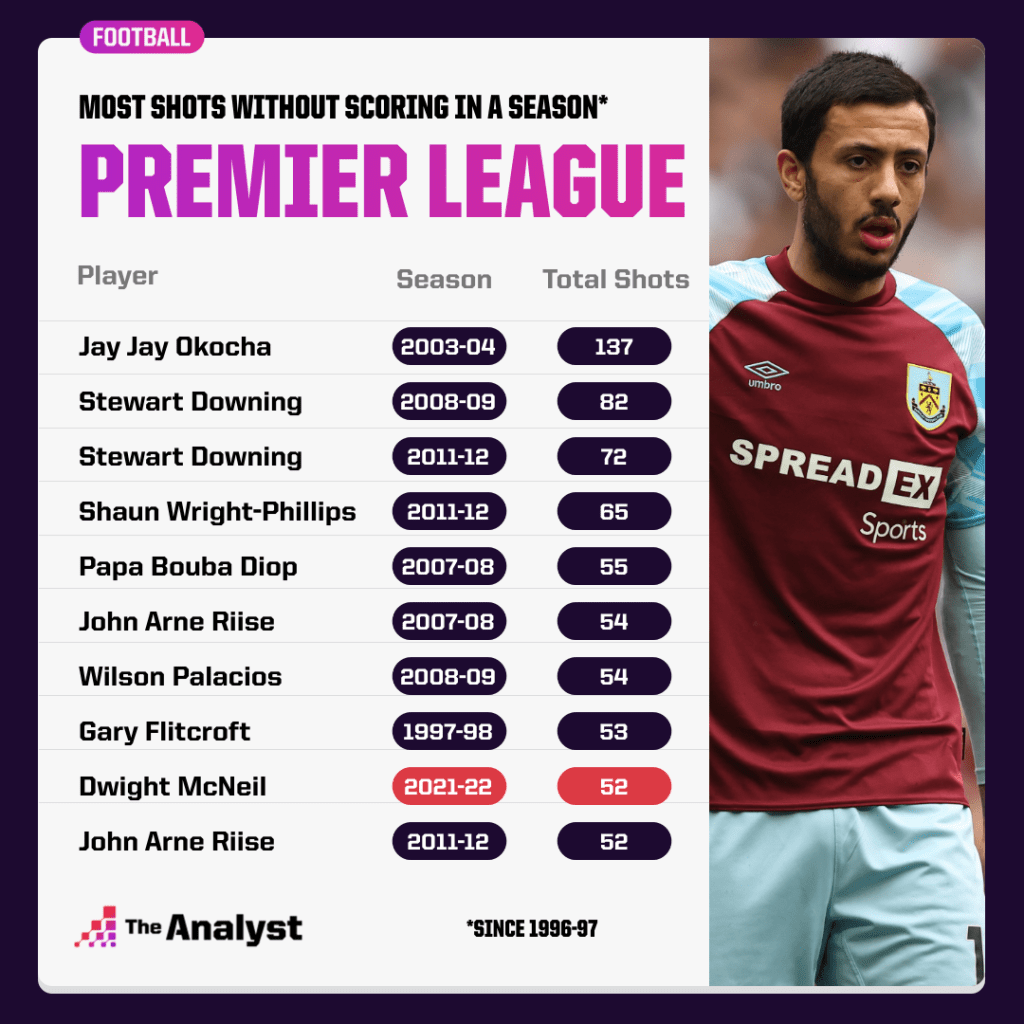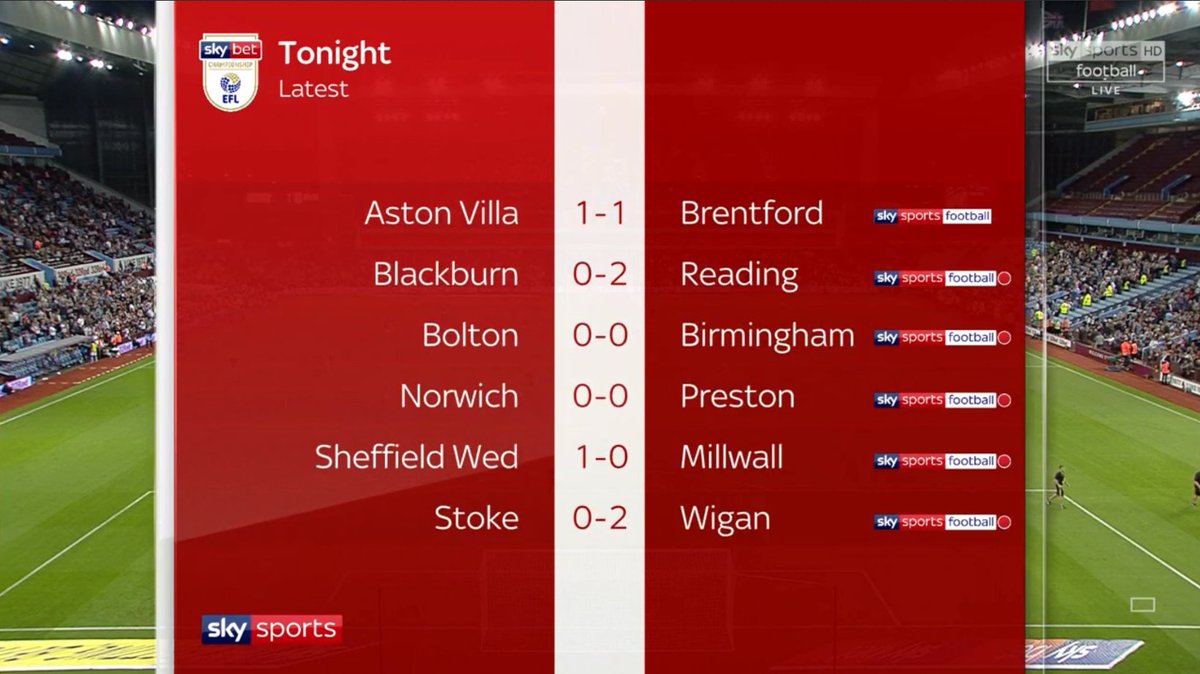
The Numbers Game: How Player Statistics Define Performance in the Premier League
The Premier League, a kaleidoscope of speed, skill, and unparalleled drama, has long captivated audiences worldwide. Beyond the roar of the crowd and the thrill of a last-minute winner, a silent, yet equally potent, force has reshaped our understanding and appreciation of the beautiful game: player statistics. What began as simple tallies of goals and assists has evolved into a sophisticated ecosystem of data points, offering unprecedented insights into individual performance, tactical prowess, and the very fabric of footballing success.
In an era where every pass, tackle, and sprint is meticulously recorded, player statistics have transitioned from mere curiosities to indispensable tools for coaches, scouts, analysts, media, and fans alike. They provide an objective lens through which to evaluate a player’s contribution, compare talents across different eras, and predict future trajectories. This article delves into the diverse world of Premier League player statistics, exploring their evolution, significance, and the profound impact they have on the modern game.
The Foundation: Traditional Attacking Metrics
At the heart of football, and consequently, its statistics, lie the attacking metrics. These are the numbers that most readily capture the imagination and often define a player’s legacy.
Goals: The ultimate currency in football, goals remain the most celebrated individual statistic. From Alan Shearer’s prolific reign to Erling Haaland’s recent explosive arrival, the Golden Boot race is a yearly spectacle. Goals are straightforward: put the ball in the net. However, the context around them – whether they are tap-ins, long-range screamers, or crucial winners – often dictates their perceived value.
Assists: Complementing goals, assists measure a player’s direct contribution to goal-scoring opportunities. While the definition can sometimes be debated (e.g., does a shot saved and then scored count as an assist?), they highlight playmakers and creative forces. Kevin De Bruyne, Mesut Özil, and Cesc Fàbregas are modern legends whose careers are defined as much by their assist tallies as their goal counts. They underscore the importance of vision, passing accuracy, and timing in unlocking stubborn defenses.
Shots: Measuring the volume and quality of a player’s attempts on goal, shot statistics offer deeper insight than just goals. They include:
- Total Shots: Indicating how often a player tries to score.
- Shots on Target: Highlighting accuracy and the ability to test the goalkeeper.
- Shot Conversion Rate: The percentage of shots that result in a goal, offering a measure of finishing efficiency.
These foundational metrics paint a clear picture of a player’s offensive output and are often the first numbers fans look at when assessing an attacker’s performance.
The Engine Room: Midfield and Creative Play Statistics
Midfielders are the architects of a team’s play, linking defense and attack. Their statistics often reflect their versatility and influence across various phases of the game.
Passing: The cornerstone of possession-based football, passing statistics are crucial for midfielders.
- Pass Completion Rate: The percentage of successful passes, indicating accuracy and ball retention skills. Players like Rodri and Jorginho consistently boast high completion rates, reflecting their role in maintaining possession and dictating tempo.
- Total Passes: The sheer volume of passes, often indicative of a player’s involvement in build-up play.
- Key Passes: Passes that directly lead to a shot attempt, highlighting a player’s creativity and ability to create chances for teammates. This stat is a goldmine for identifying true playmakers.
- Progressive Passes: Passes that move the ball significantly closer to the opponent’s goal, often breaking lines and advancing attacks. This metric is vital for understanding a player’s intent to push forward rather than just playing safe, sideways passes.
Dribbling: For wingers and attacking midfielders, successful dribbles and take-ons measure their ability to beat defenders one-on-one, create space, and drive into dangerous areas. Players like Eden Hazard in his prime or more recently, Jeremy Doku, excel in this area, adding unpredictability and excitement to their team’s attack.
The Last Line of Defense: Defensive and Goalkeeping Statistics
While less glamorous, defensive statistics are equally vital for understanding a player’s contribution to preventing goals and winning back possession.
Tackles: Measuring a player’s ability to dispossess opponents.
- Total Tackles: The number of attempted tackles.
- Successful Tackles: The number of tackles where the player wins possession, highlighting efficiency. Midfielders like N’Golo Kanté and Declan Rice are renowned for their tackling prowess, disrupting opposition attacks.
Interceptions: Reading the game and anticipating opponent passes to cut off supply lines. This stat reflects tactical awareness and positional intelligence.
Clearances: Removing dangerous balls from defensive areas, particularly from crosses or through balls into the box. This is a staple for central defenders.
Blocks: Preventing shots or passes from reaching their intended target, often requiring bravery and quick reactions.
Aerial Duels Won: Winning headers, crucial for both defending set pieces and attacking them, as well as gaining control in midfield. Dominant central defenders like Virgil van Dijk consistently rank high in this category.
Goalkeeper Statistics: The last line of defense has a unique set of metrics:
- Saves: The number of shots stopped, indicating shot-stopping ability.
- Save Percentage: The proportion of shots on target saved, a more refined measure of effectiveness.
- Clean Sheets: The number of games where the goalkeeper (and defense) prevents the opposition from scoring.
- Punches and Catches: Reflecting their command of the penalty area.
- Distribution: Measuring their passing accuracy and ability to initiate attacks from the back, a skill increasingly valued in modern football.
The Dawn of Deeper Insight: Advanced Analytics and Expected Metrics
The explosion of data science in sports has given rise to a new generation of statistics that provide a more nuanced understanding of performance, moving beyond raw numbers to contextualize actions.
Expected Goals (xG): Perhaps the most revolutionary advanced metric, xG assigns a probability to every shot based on factors like shot location, body part used, type of assist, and defensive pressure. An xG of 0.5 means a shot from that position would be expected to result in a goal 50% of the time. Comparing a player’s actual goals to their xG can reveal if they are overperforming (clinical finisher) or underperforming (poor finisher) their chances. It also helps evaluate shot quality independent of the outcome.
Expected Assists (xA): Similar to xG, xA measures the likelihood that a pass would become an assist, based on the quality of the chance it created. This helps credit playmakers for creating good opportunities even if the resulting shot isn’t converted.
Progressive Carries: Measuring how often a player carries the ball a significant distance towards the opponent’s goal, highlighting ball-carrying abilities that break lines and drive attacks.
Pressures: Quantifying how often a player applies pressure to an opponent who has the ball, indicating their defensive work rate and contribution to a team’s pressing scheme.
These advanced metrics provide a richer narrative, allowing analysts to differentiate between luck and genuine skill, and to identify players who contribute significantly to underlying performance even if their traditional stats don’t always jump off the page.
Beyond the Ball: Physical and Positional Data
Modern football analysis extends beyond actions directly involving the ball. High-tech tracking systems capture an astonishing array of physical and positional data:
Distance Covered: The total distance a player runs during a match, indicating stamina and work rate.
Sprints and High-Intensity Runs: Measuring explosive bursts of speed, crucial for attacking transitions and defensive recoveries.
Heat Maps: Visual representations of a player’s movement and where they spend most of their time on the pitch, offering insights into their positioning and tactical role.
Positional Data: Tracking the exact location of every player and the ball at all times, enabling deep tactical analysis, such as team shape, defensive lines, and pressing triggers.
This physical data is invaluable for fitness coaches, helping them manage player loads, prevent injuries, and optimize training regimes. For tactical analysts, it reveals how effectively a team executes its game plan.
The Impact of Statistics on the Premier League Ecosystem
The widespread adoption of player statistics has had a transformative effect on every facet of the Premier League:
For Clubs and Coaching Staff:
- Scouting and Recruitment: Data-driven scouting allows clubs to identify undervalued talents globally, assess their fit for specific tactical systems, and negotiate more effectively.
- Performance Analysis: Coaches use statistics to analyze individual and team performance, identify strengths and weaknesses, and make data-backed tactical adjustments during games or in training sessions.
- Player Development: Data helps track a player’s progress, set specific improvement targets, and tailor training programs.
For Players:
- Self-Improvement: Players can review their own statistical output to identify areas for development and understand how they contribute to the team.
- Contract Negotiations: Strong statistical performance provides leverage in contract talks, showcasing a player’s value to the club.
- Recognition: Top performers in various statistical categories often gain individual accolades and wider recognition.
For Fans and Media:
- Enhanced Engagement: Fantasy Football and betting platforms thrive on player statistics, allowing fans to engage with the game on a deeper level.
- Richer Commentary: Pundits and commentators increasingly use statistics to support their analysis, adding depth and objectivity to discussions.
- Storytelling: Statistics provide compelling narratives, highlighting underdog performances, record-breaking achievements, and the emergence of new stars.
The Limitations and the "Eye Test"
Despite their immense value, it’s crucial to acknowledge that statistics are not the be-all and end-all. They are tools, not definitive judgments.
- Context is King: A high pass completion rate might mean a player is playing safe, sideways passes rather than progressive ones. A low xG might be due to a team’s poor chance creation, not necessarily the striker’s fault.
- Qualitative Aspects: Statistics often struggle to capture intangible qualities like leadership, communication, defensive positioning without direct action, or the sheer "feel" for the game that certain players possess.
- The "Eye Test": Experienced coaches and fans still rely heavily on their visual assessment – the "eye test" – to complement statistical analysis. A player might not have high tackling numbers but consistently forces opponents into less dangerous areas.
The most insightful analysis often comes from a synthesis of both quantitative data and qualitative observation, allowing for a holistic understanding of a player’s contribution.
Conclusion
Player statistics in the Premier League have journeyed from rudimentary record-keeping to a sophisticated science. They have democratized analysis, empowering everyone from elite coaches to casual fans with a deeper understanding of football’s intricate dynamics. While the numbers provide an objective framework, the beauty of the game still lies in its unpredictable human element. As technology continues to advance, we can expect even more granular and predictive statistics, further enriching our appreciation of the Premier League’s gladiators. The numbers game is here to stay, and it continues to evolve, constantly revealing new facets of the beautiful game.



